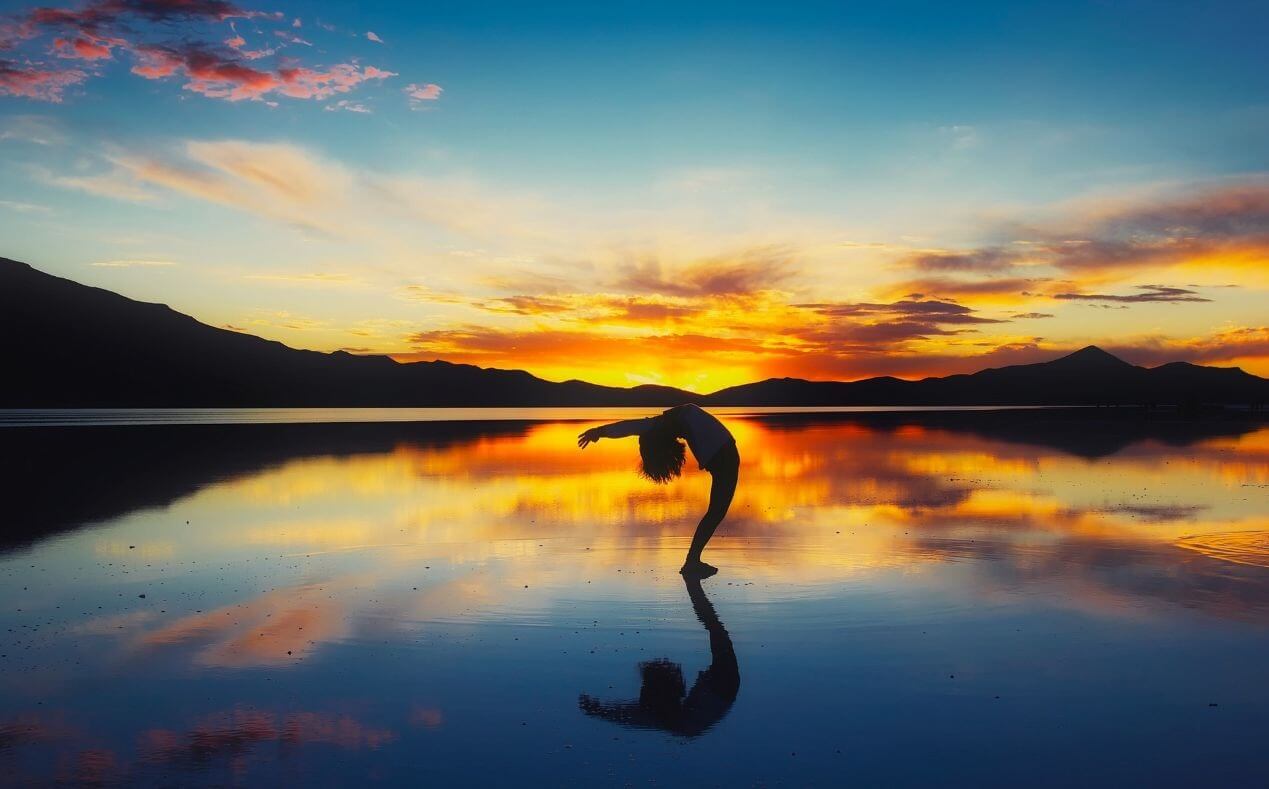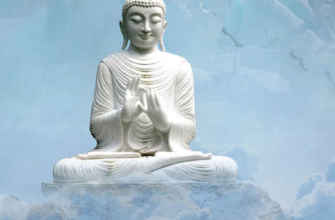Meditation can create an immediate shift in consciousness, granting you a greater sense of awareness and bringing peace to the world around you.
Increased concentration, mental clarity, focus, and overall energy are just some of the advantages of active mindfulness practice, all of which can create a greater sense of calm.
When people think about meditation, they tend to picture people sitting cross-legged on the ground, practising formal, sitting meditation. However, other forms of meditation do not require you to separate yourself from your daily activities at all.
While many mindfulness practices are done in stillness, it’s not the only way. Sometimes your body requires movement to be calm. Movement meditation is an accessible way to restore the equilibrium of the mind and body.
Stress gets stuck in our bodies. We carry this tension around with us, and it affects our whole being. Movement is a great way to release that tension and return to a relaxed state.
Repetitive movement can also bring us into the state of mindfulness, giving our bodies the chance to press the reset button and kick start our natural healing and renewal processes.
Several activities have a meditative effect that don’t require you to sit still. In fact, any movement that’s relaxing and repetitive can have similar effects to meditation. The goal is to go slow and bring mindfulness to the practice.
1. Hatha yoga
Hatha yoga is a gentle practice of body-mind integration. Yoga combines awareness of breathing with asana practice, enabling you to achieve the state of mindfulness and wholeness.
2. Walking
The incomparable Vietnamese meditation master and peace activist Thich Nhat Hanh says that as we walk, we should imagine that we “print peace, serenity and happiness on the ground.”
The art of walking meditation is to learn to be aware as you walk, to use the natural movement of walking to cultivate mindfulness and wakeful presence. Begin to walk a bit more slowly than usual. Let yourself walk with a sense of ease and dignity. Relax and let your walking be steady and natural.
3. Swimming
Swimming can be an immensely rewarding opportunity to practice mindfulness. By swimming mindfully, we can transform routine lap sessions into an immersive form of moving meditation.
Whichever practice you choose, use the movement and sensations of your body to focus your awareness on the present. Follow your breath as air travels in and out of your lungs as you inhale and exhale deeply and. Let the rhythmic flow of your movements relax your mind.













